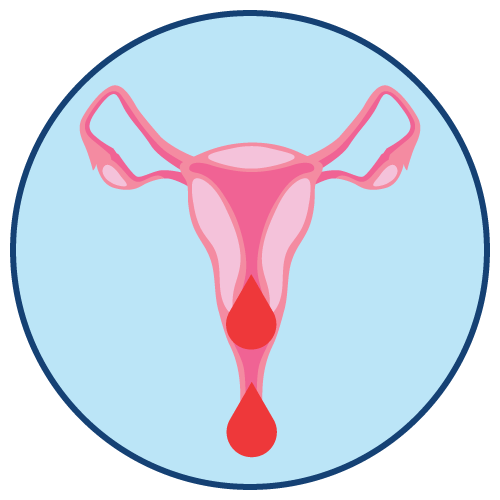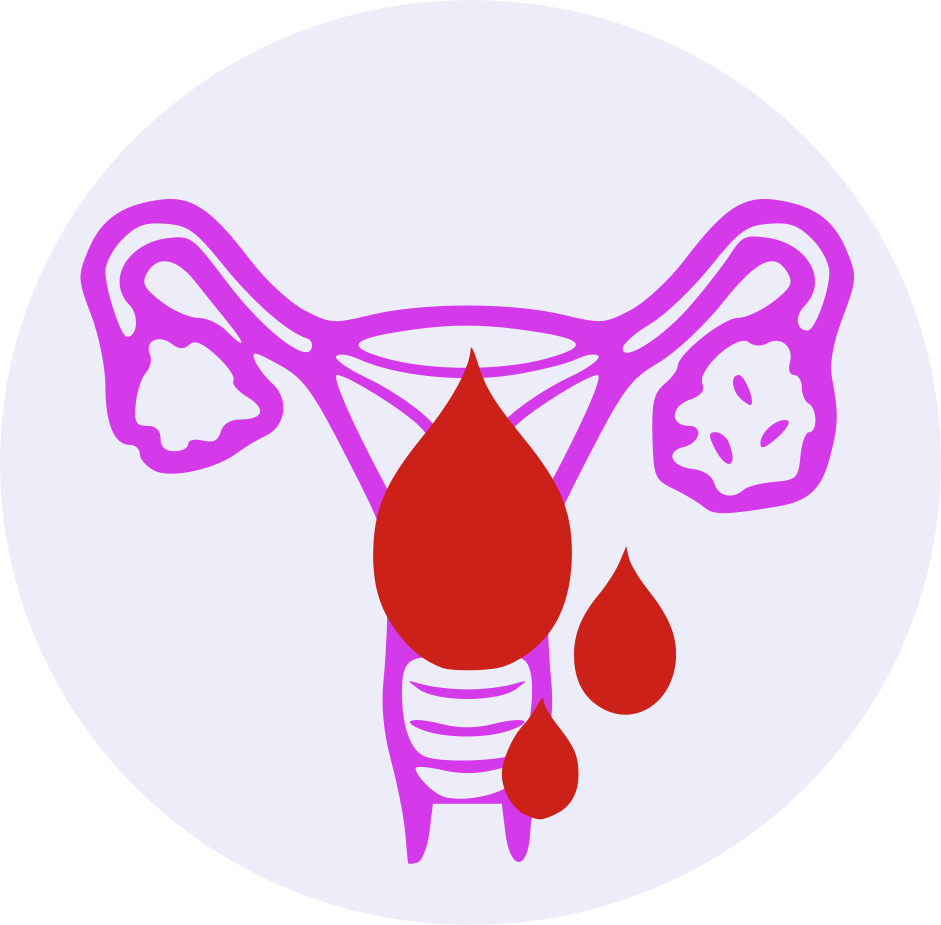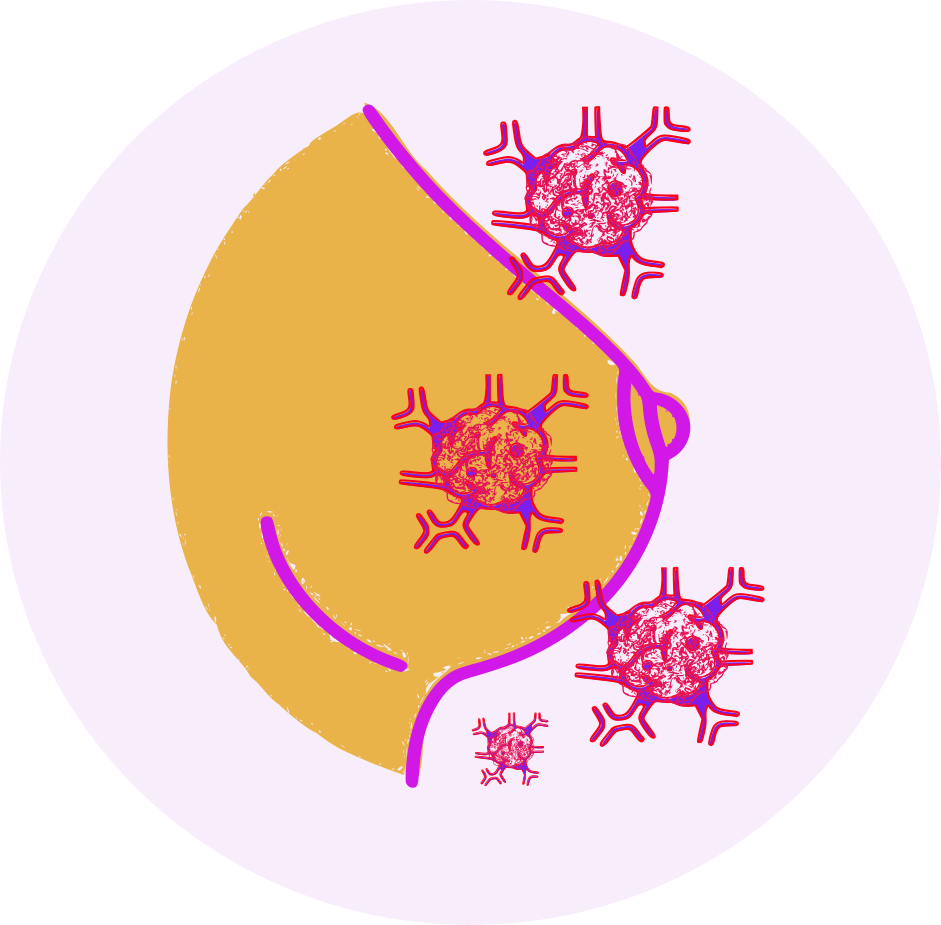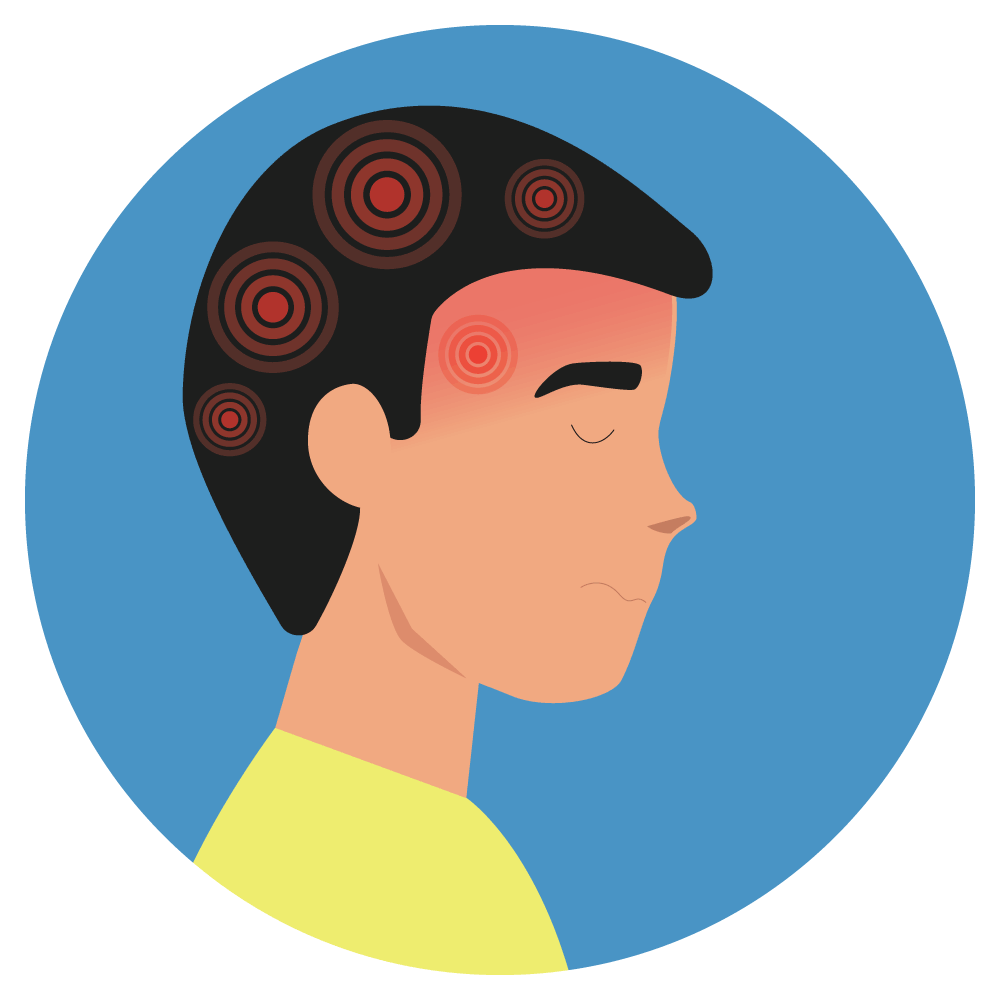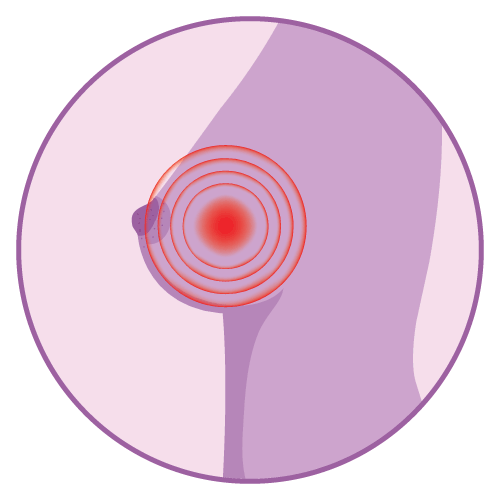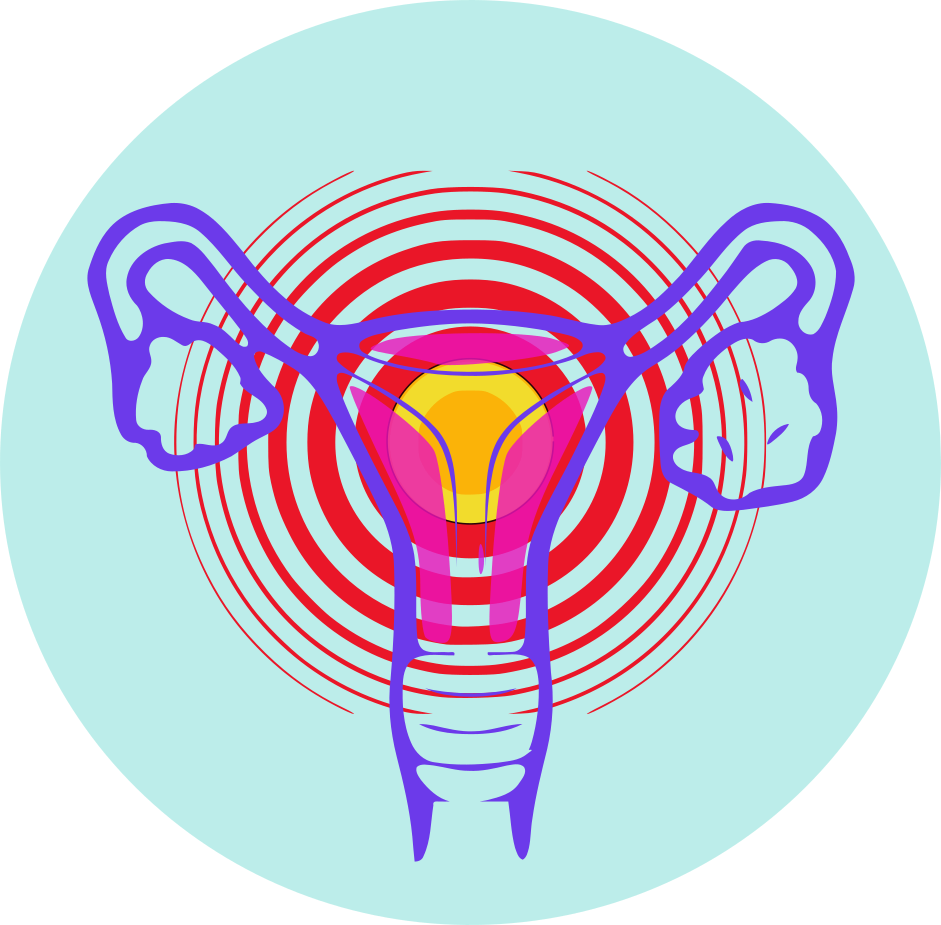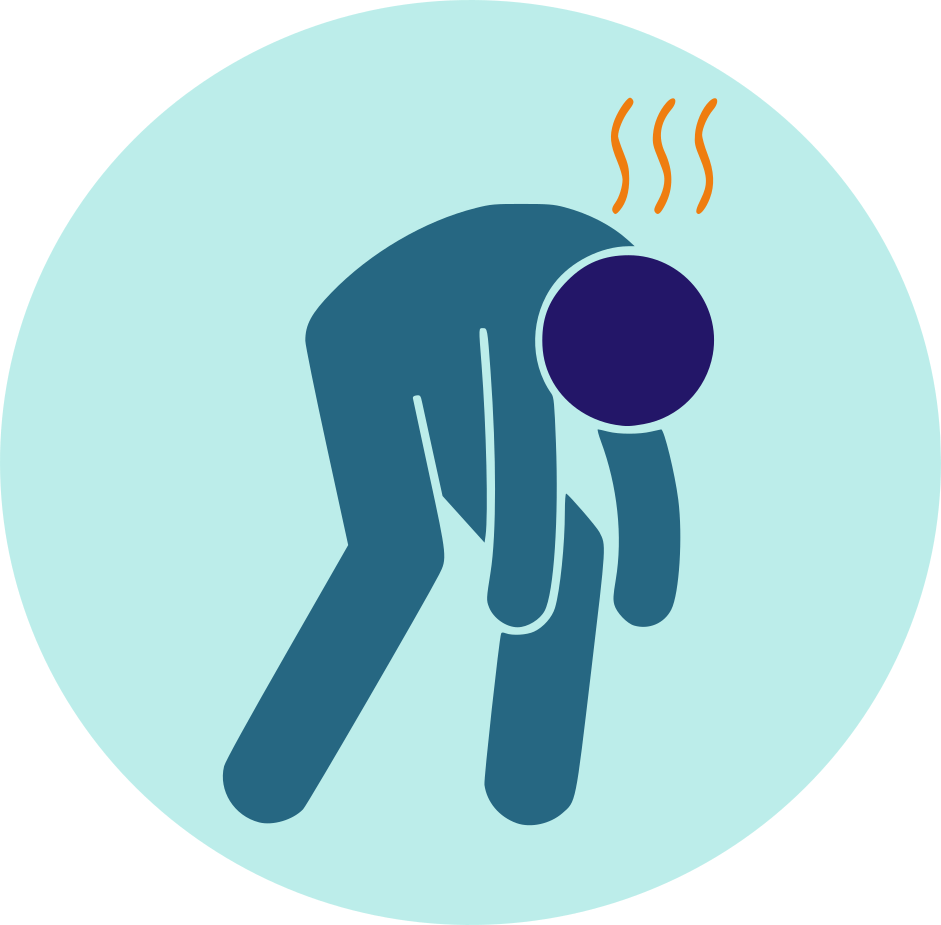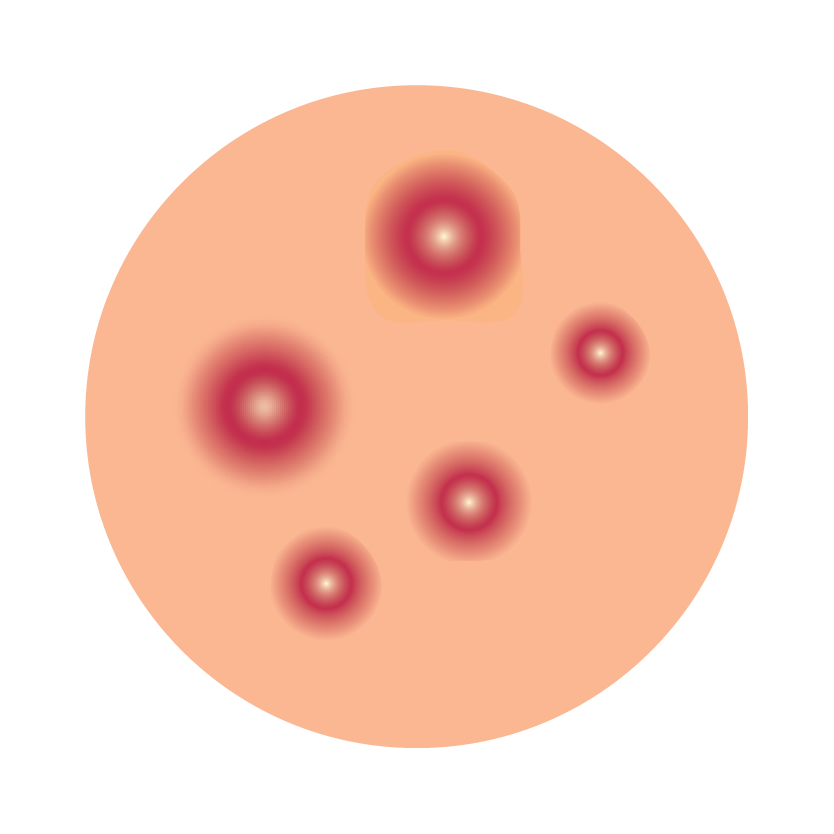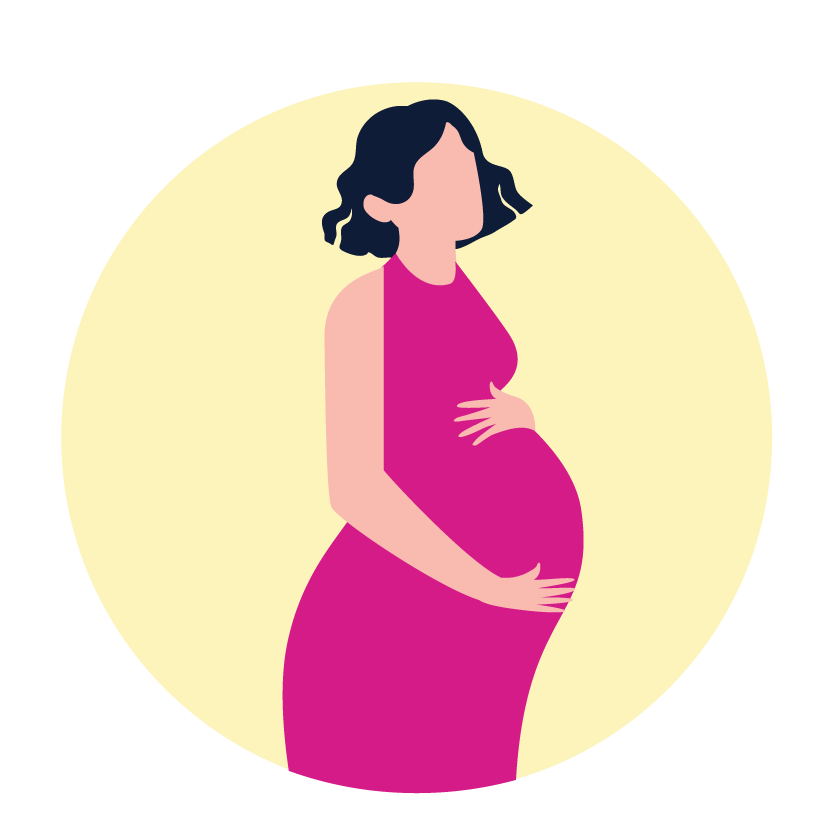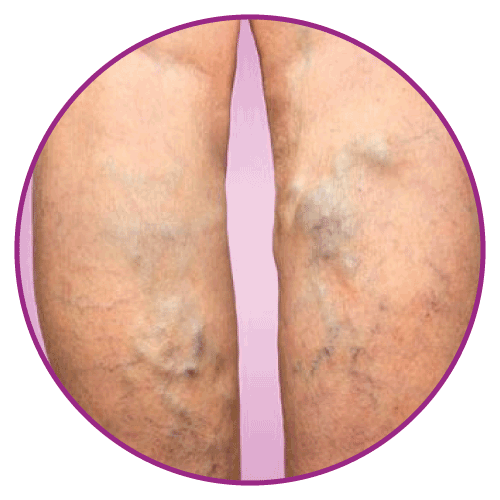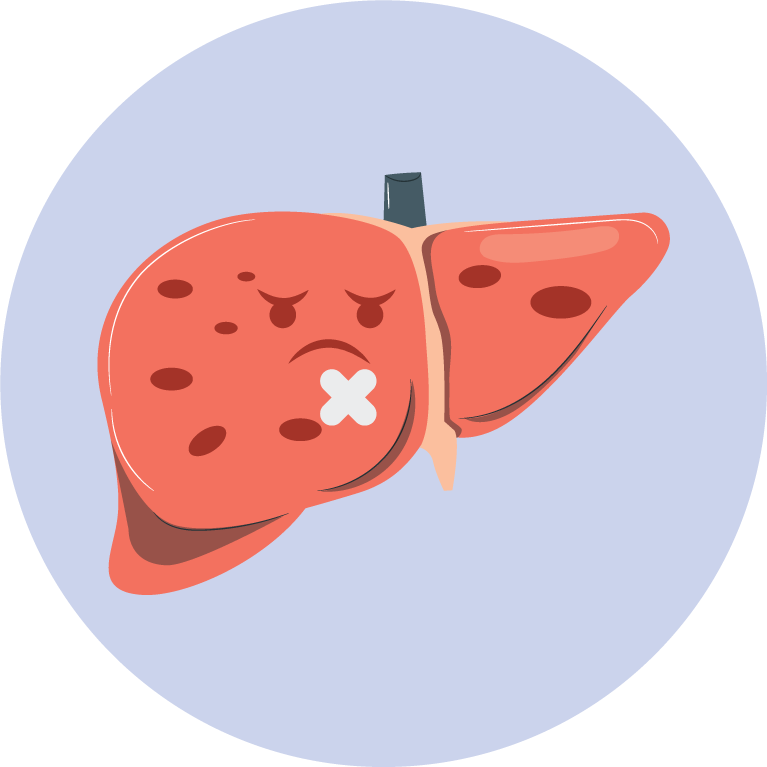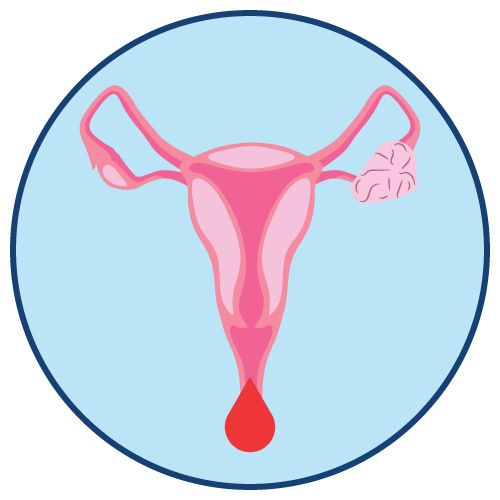| Name | Norethisterone |
| Classes |
Hormonal Agent Sex Hormone Steroid |
| Diseases |
Endometriosis Genito-Urinary Disease Uterine Bleeding |
Norethisterone
Norethisterone is a synthetic progestin that mimics the actions of the natural hormone progesterone. It works by altering the uterine lining, inhibiting ovulation, and thickening cervical mucus, thereby preventing pregnancy.
Norethisterone is indicated for the following conditions.
At low dose:
- Dysfuntional uterine bleeding
- Polymenorrhoea
- Menorrhagia
- Metropathia
- Haemorrhagia
- Pre-menstrual syndrome
- Postponement of menstruation
At high dose:
- Disseminated carcinoma of the breast.
Low Dose:
- For the treatment of dysfunctional uterine bleeding, polymenorrhoea, menorrhagia, dysmenorrhoea, and metropathia haemorrhagia, the recommended dosage is 1 tablet three times daily for a duration of 10 days. Typically, bleeding ceases within 48 hours of starting the treatment. Following the 10-day course, withdrawal bleeding resembling true menstruation occurs a few days later. To prevent a recurrence of the condition, one tablet should be taken twice daily from days 19 to 26 of the two subsequent cycles.
- In cases of endometriosis, the suggested dosage is 1 tablet three times daily, to be continued for a minimum treatment period of six months. If spotting occurs, the dosage can be increased to 4 or 5 tablets daily, and once the bleeding or spotting subsides, the initial dosage should be resumed.
- For the postponement of menstruation, take 1 tablet three times daily, starting three days before the expected onset of menstruation. Typically, menstruation resumes within three days of finishing the treatment.
- To manage pre-menstrual syndrome, consume 1 tablet daily from days 16 to 25 of the menstrual cycle.
High Dose:
For the treatment of disseminated breast carcinoma, the recommended starting dose is 8 tablets (40mg) per day, which may be increased to 12 tablets (60mg) if no regression of symptoms is noted.
The following side effects may occur with the use of Norethisterone-
- Nausea
- Headache
- Breast tenderness
- Irregular menstrual bleeding (spotting or breakthrough bleeding)
- Weight changes
- Mood changes
- Fatigue
- Acne
- If menstrual bleeding does not occur after using Norethisterone, it is essential to rule out the possibility of pregnancy before considering another course of treatment.
- Therapy with Norethisterone should be stopped if any of the following conditions arise:
-
- Jaundice or deterioration in liver function
- Significant increase in blood pressure
- New onset of migraine-type headache
- Progestogens, like norethisterone, may lead to fluid retention. Caution is necessary when prescribing norethisterone to patients with conditions that might be exacerbated by fluid retention, such as:
-
- Epilepsy
- Migraine
- Asthma
- Cardiac dysfunction
- Renal dysfunction
- There is an increased risk of venous thromboembolism (VTE) with the long-term use of low-dose progestogens as part of combined oral contraception or hormone replacement therapy. However, the exact role of progestogens in this increased risk is uncertain. If a patient experiences symptoms suggestive of thromboembolic complications, a careful assessment of her condition and the need for continued therapy is necessary.
- Any patient who develops sudden vision impairment, proptosis, diplopia, or migraine headaches should undergo a thorough ophthalmological evaluation to rule out papilloedema or retinal vascular lesions before continuing the medication.
- Risk factors for VTE include personal or family history, severe obesity (BMI >30 kg/m2), and systemic lupus erythematosus (SLE). The possible role of varicose veins in VTE is still uncertain. Treatment with steroid hormones can further contribute to these risk factors. Patients with a personal or strong family history of thromboembolism or recurrent spontaneous abortion should be investigated for a thrombophilic predisposition before considering progestogen therapy, which should be viewed as contraindicated in such cases. For patients already taking anticoagulants, the risks and benefits of progestogen therapy should be carefully evaluated.
- The risk of VTE may be temporarily increased due to prolonged immobilization, major trauma, or major surgery. Therefore, post-operative patients, especially those undergoing abdominal or lower limb orthopedic surgery, should be given proper prophylactic measures to prevent VTE. If prolonged immobilization is expected after elective surgery, consideration should be given to stopping progestogen therapy 4-6 weeks before the procedure. Treatment with progestogens should not be resumed until the patient is fully remobilized.
- In case VTE develops after initiating therapy, the drug should be discontinued immediately. Patients should be advised to seek medical attention promptly if they experience potential thromboembolic symptoms, such as painful leg swelling, sudden chest pain, or difficulty breathing.
Contraindication
Hypersensitivity to the active substance or any of the excipients.
None known.
Norethisterone is contraindicated in-
- Pregnancy
- Previous idiopathic or current venous thromboembolism (deep vein thrombosis, pulmonary embolism)
- Active or recent arterial thromboembolic disease (e.g. angina, myocardial infarction)
- Disturbance of liver function
- History during pregnancy of idiopathic jaundice
- Severe pruritus or pemphigoid gestation
- Undiagnosed irregular vaginal bleeding
- Porphyria
 Bangla
Bangla English
English